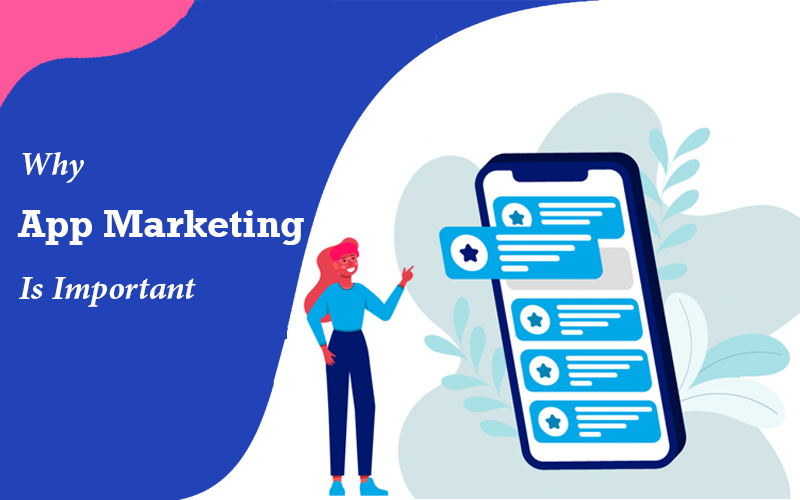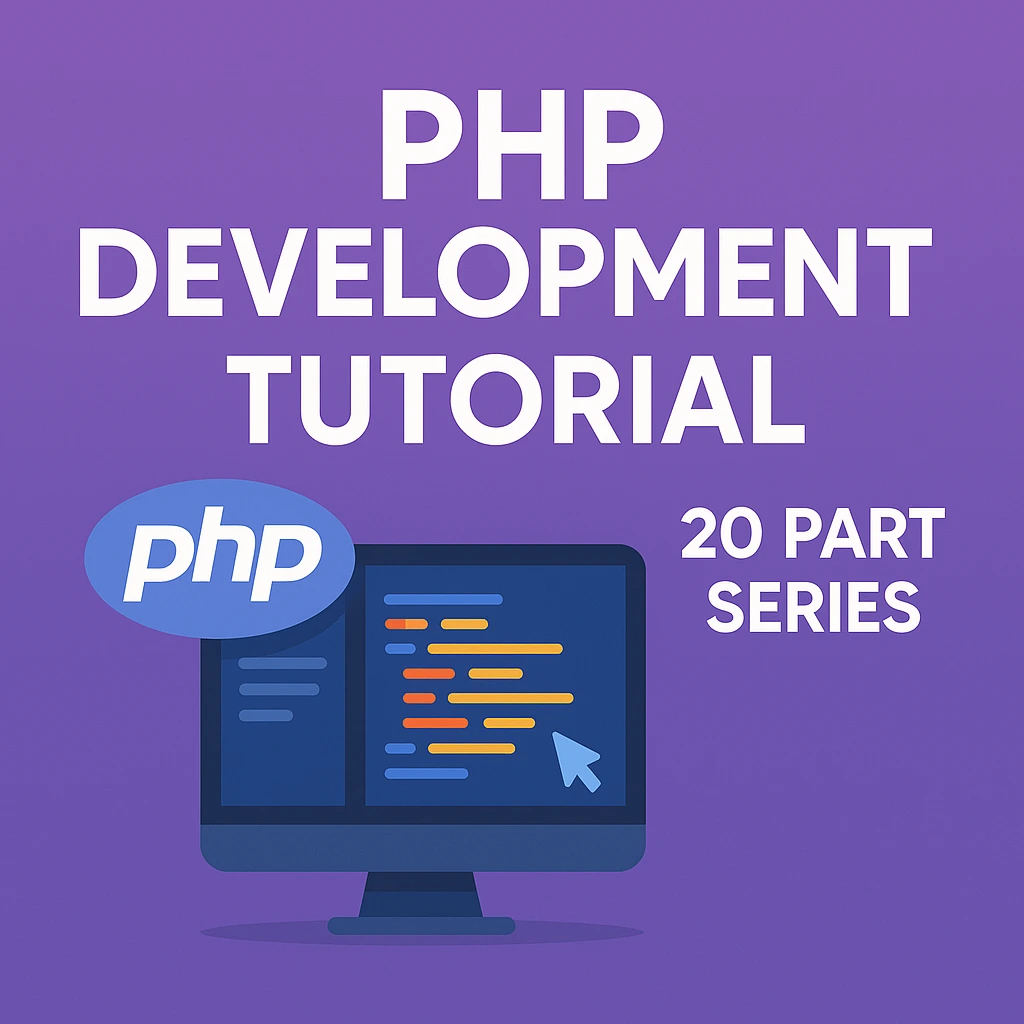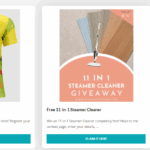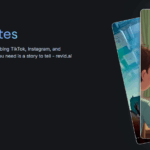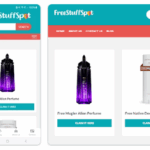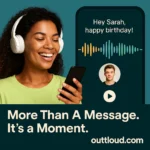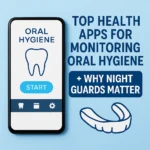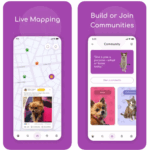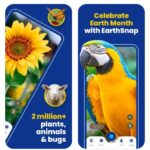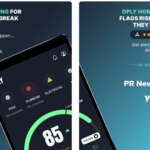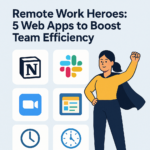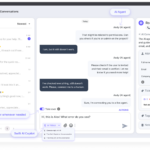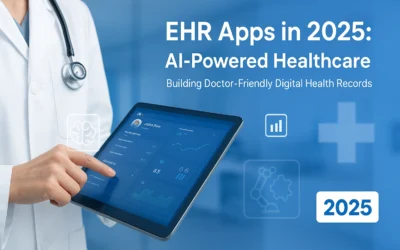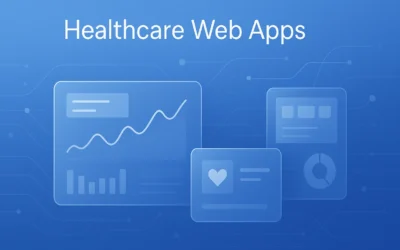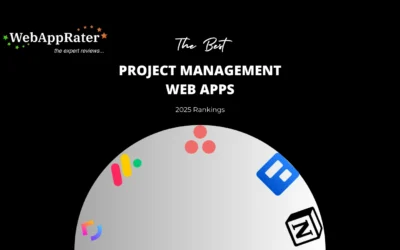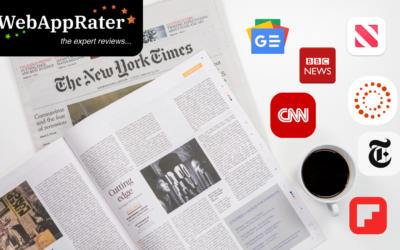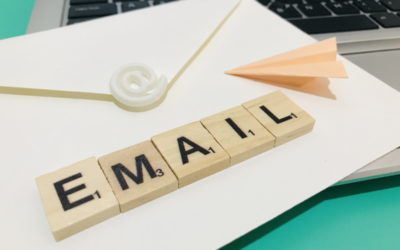It is enumerated that deciding how to market an app could be a daunting process. You have many apps with several marketing strategies, all experiencing varying levels of immense success. Competition is challenging, as you might know, and over 70% of mobile app firms have a long-term, wholly documented app marketing strategy.
Building your app isn’t the only hard part of getting it to the best of the store charts. With the proper promotional strategy, you could be there sooner than you think.
Create a Landing Page for Your App
Because your website is frequently the first impression of your business for many consumers, having a compelling landing page for your app is crucial. It can serve as a “showroom” for your software, so makes it look nice, be easy to use, and work across all browsers.
The landing page of what a mobile app landing page should look like: clean, a compelling title, body copy that clearly says what the app does, and a clear call-to-action. The images, graphics, and text on the page encourage users to explore the app’s features before downloading and using it. Landing pages are effective promotional tools that frequently serve as the start of a user’s journey.
Get Your App Rated and Reviewed
Before buying a new purchase, most consumers will conduct research to see what others have to say. Apps are no exception: user evaluations and ratings can aid in persuading new users to click the download button. Encourage current customers to provide a review by including features that make it simple for them to do so, such as a rating prompt. For an even more respectable and visible perspective, you can contact an informed, professional reviewer through an app-reviewing website.
Make Use of the Viral Loop
Viral loops assist spread the word about your app by inverting the typical marketing funnel, allowing your users to promote it on your behalf. Good app design may help you develop viral loops: include incentives, invitation-only features, shared experiences, and other referrals to get your loop started.
App Store Optimization
Your app’s listing must be optimised to appear at the top of a search result in the app store, just like your website must be optimised to rank on a search engine results page. The higher you rank, the more prospective new users will be exposed to you.
Use Video to Captivate Your Audience
Create absolute videos for YouTube, Vimeo, Instagram, and Facebook that you and your users can share. Videos may be anything from app tutorials to content that helps customers get to know your brand – what you stand for and how you solve problems. Keep the videos short, no more than 60 seconds, and make sure the call to action is clear even if the audio is turned off.
Develop a Press Media Kit
Make a good press kit for your app so you’ll be ready if a journalist or blogger asks to feature your work. Take your own branded screenshots, logos, app icons, social links, company biography, and press releases to control the images of your app that is published.
Advertise on the App Store
App store advertising is another technique to increase your exposure and presence in the app store, regardless of your level of app store optimization, by paying to rank rather than ranking organically. Consider paid app store advertising to be equivalent to a pay-per-click campaign like Google Ads.
Have a Presence on Social Media
In addition to increasing your app’s visibility, social media can offer you useful information about your users. To fine-tune your advertising campaign, learn about their interests, hobbies, demographics, when they’re most active, and more.
When it comes to implementing your social media campaign, engaging with your users is essential, but re-sharing their material is even better. Airbnb is always publishing user-submitted photos and interacting with its fans in the comments section. Demonstrate how others are using your app and initiate actual discussions with them.
Blog on a Regular Basis
By blogging on a regular basis, you can flex your industry expertise, increase your presence on search engine results pages, and drive visitors to land pages. Businesses that blog on a regular basis obtain 126 per cent more leads than those who don’t. Blog content can also be included in email newsletters, repurposed on social media, or presented on a landing page as an ebook or downloadable resource.
Wrap Up
A well-thought-out plan that includes a few of the above strategies could be quite effective in getting consumers to download and utilise your app.

